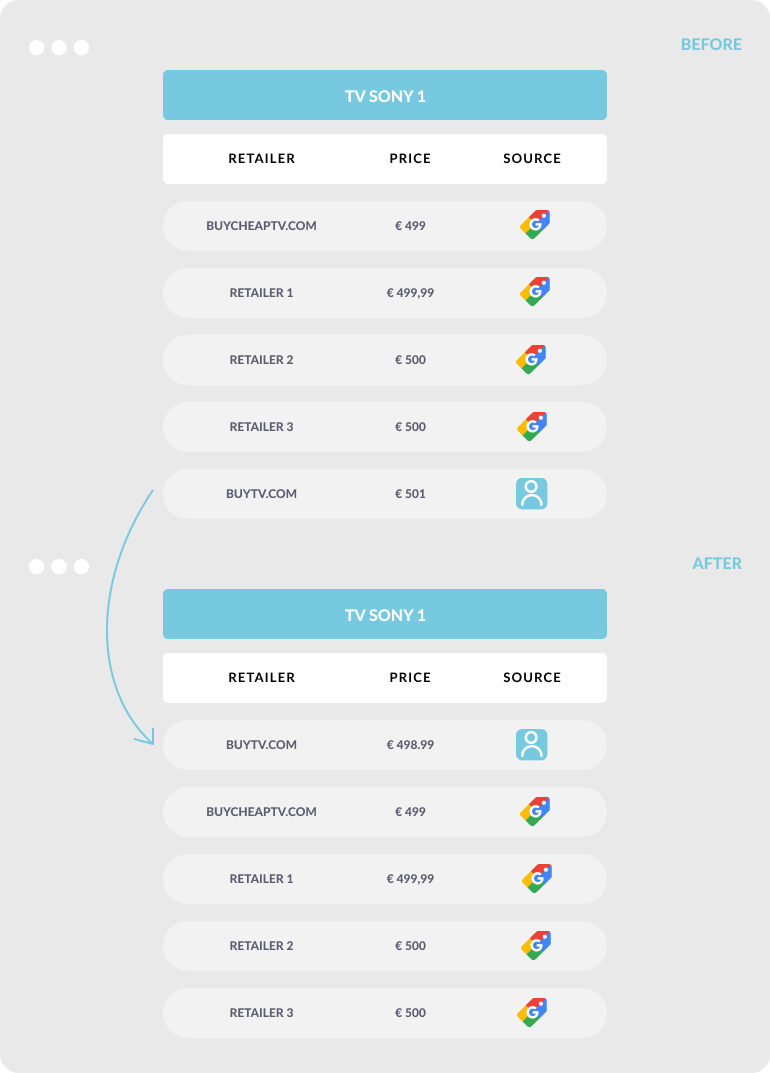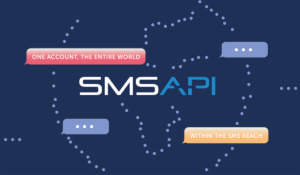
In today’s world of commerce, using traditional product pricing methods no longer works. That is because too many factors influence the attractiveness of the price. Therefore, if you want to succeed in the e-commerce market, you need a pricing strategy that will enable you to adjust prices to market conditions. I believe that dynamic pricing is such a strategy, and today I’m going to show you how it can affect your offer’s visibility and trigger customer interest.
In the modern world of e-commerce (and traditional commerce), the price has long since ceased to be a fixed part of the offer. In many industries, prices can change by the hour. Many factors influence these changes, for example, the availability of a product, demand at a given time, the number and volatility of competitors’ offers, and even inflation.
Stores that want to succeed in the market have to be flexible about their prices. It is essential to constantly monitor the situation in the market and act fast enough. Of course, you can do it manually (by visiting competitive stores and marketplaces), but as I have already mentioned – prices can change very often. This means that the data you collect outdates quickly. And since your competition may be a dozen or even several dozen stores, you obviously need automation. And this is where dynamic pricing comes into play.
Looking for SMS pricing?
Welcome to SMSAPI blog! Find current global SMS messaging pricing below.
What is dynamic pricing?
It is a pricing strategy that uses automated intelligent algorithms that monitor the market situation and make (or not) changes to the prices available in your store based on the information obtained from it and from the market. Since dynamic pricing relies on automation, this method is far more effective than manual price verification.
Example of how dynamic pricing works
To demonstrate how dynamic pricing works, let’s use a short example of a fictional online store:

As you can see, in the initial situation, the offer of this store is in the fifth place – as many as four competitors were offering a better price. The fifth position is relatively low, especially if the customer chooses to sort products starting with the cheapest offer. However, the analysis of prices available in competing stores shows that “our” store is only 2.01 EUR away from the cheapest competitor! In the case of a product such as a TV set, it’s a symbolic difference, which does not significantly impact the profit. Lowering the price by just 2 EUR can help a lot because this way, you substantially increase the offer’s visibility – now our store is in first place on the list. Better visibility will quickly translate into a higher number of placed orders. And this is precisely the effectiveness of dynamic pricing algorithms – they do this work practically non-stop so that your offer is always attractive and exposed.
The question may arise: What if the dynamic pricing platform wants to lower the price below the profitability threshold? Then, the second aspect of this service comes into play, the so-called predefined rules.
How to use predefined rules?
Dynamic pricing is a service that supports the entrepreneur (not replaces it). This means that you still retain complete control over the prices in your store. First off, you can specify that any price change proposed by such an algorithm requires your approval. Secondly, you have many so-called predefined rules at your disposal; you can use them to steer the algorithm’s work.
Predefined rules of dynamic pricing:
- TOP 3 on a given platform: If you care about a specific sales channel (e.g., Google Shopping or Amazon), you can set a rule that will constantly keep your offer among the top three listings in a given category. Within this rule, it is also possible to set a minimum profit margin. Thanks to that, the presence in the TOP3 will not threaten your earnings.
- Below/above-selected competitors: Use this rule when you want to be cheaper (or more expensive) than a particular competitor.
- Reduce/increase by a specific amount/percentage: This rule works for a particular time frame. It allows you to reduce prices by a particular amount or percentage, e.g., 5% cheaper every week for a month.
- Low inventory: If an item is running low and you want to sell out quickly, you can set up a rule that automatically lowers the price for an object that count has fallen below a specific threshold.
- Profit optimization: This is the most complex but also the most exciting rule. Profit optimization uses artificial intelligence to optimize pricing. AI algorithms collect data from your store and the market and then use it to determine optimal prices that will be profitable for you on the one hand and attractive for your customers on the other. AI algorithms take into account issues such as the behavior of competitors and customers and the elasticity of demand for a product.
What are the benefits of dynamic pricing?
- Better offer visibility: Customers use Amazon and price comparison sites to find the best offer for a product of their interest. With adequately optimized pricing, your listing will display first. In many cases, this improved visibility will translate directly into more sales.
- Greater profits: Many people mistakenly assume that dynamic pricing is about lowering prices. That is not true – these algorithms work in both directions. For example, if it turns out that your offer is much lower than your competitors, the algorithm will suggest increasing the price because this will not threaten your position in the market. As a result, you can earn more on each product sold and remain the leader in a given product category.
- Saving time: As I mentioned, monitoring and changing prices manually is inefficient. It will take a lot of time, and only a day later, you may find out that the data you gathered is outdated. With dynamic pricing, you automate this activity, which significantly increases its effectiveness.
How to implement dynamic pricing in your store
I do not recommend creating such an algorithm from scratch. It will require a huge budget and will consume many months of work. Instead, it is better to opt for a ready-made solution that only requires integration with your store.
Usually, dynamic pricing systems use integration via the API protocol, which enables connection with practically any ERP system or e-commerce platform. Sometimes direct integration is also possible. The second necessary element is the list of products you want to use for dynamic pricing. On most platforms, you will be able to export such a list in the form of EAN codes.
Once both of these elements are ready, you need to set the rules that you want the pricing algorithm to follow. If you assess that the proposed changes are profitable, you can automate this activity. In this situation, the price changes take place entirely without your participation.
Of course, it is crucial to monitor the effectiveness of your actions constantly. This way, you will see what works in your store. Unfortunately, there are no universal solutions here, and you need to analyze the results to see which rule is optimal.
What about A/B testing?
Such testing is standard in the IT and marketing world. However, this form of conducting tests can be risky when it comes to testing prices. For example, if customers found out that you offered the same product at two different prices, they would feel cheated and resign from further visits to your store. Therefore, you should approach the issue of price testing with caution. It is much better to test the rules based on the product prices (not the prices themselves) and focus on product categories (not individual products).
For example, half of the products in your store can be valued according to the TOP3 rule, and half according to the rule in which your offer is lower only than the largest competitor in the market. Such analysis will allow you to assess what works best in your case.
Bottom line: Try dynamic pricing!
If you can’t cope with the pricing on your own, give dynamic pricing a try. You will save a lot of time, and you will be able to improve the visibility of your offer in all key sales channels at a relatively low cost. And by using artificial intelligence, your offer will always be attractive to your customers!





